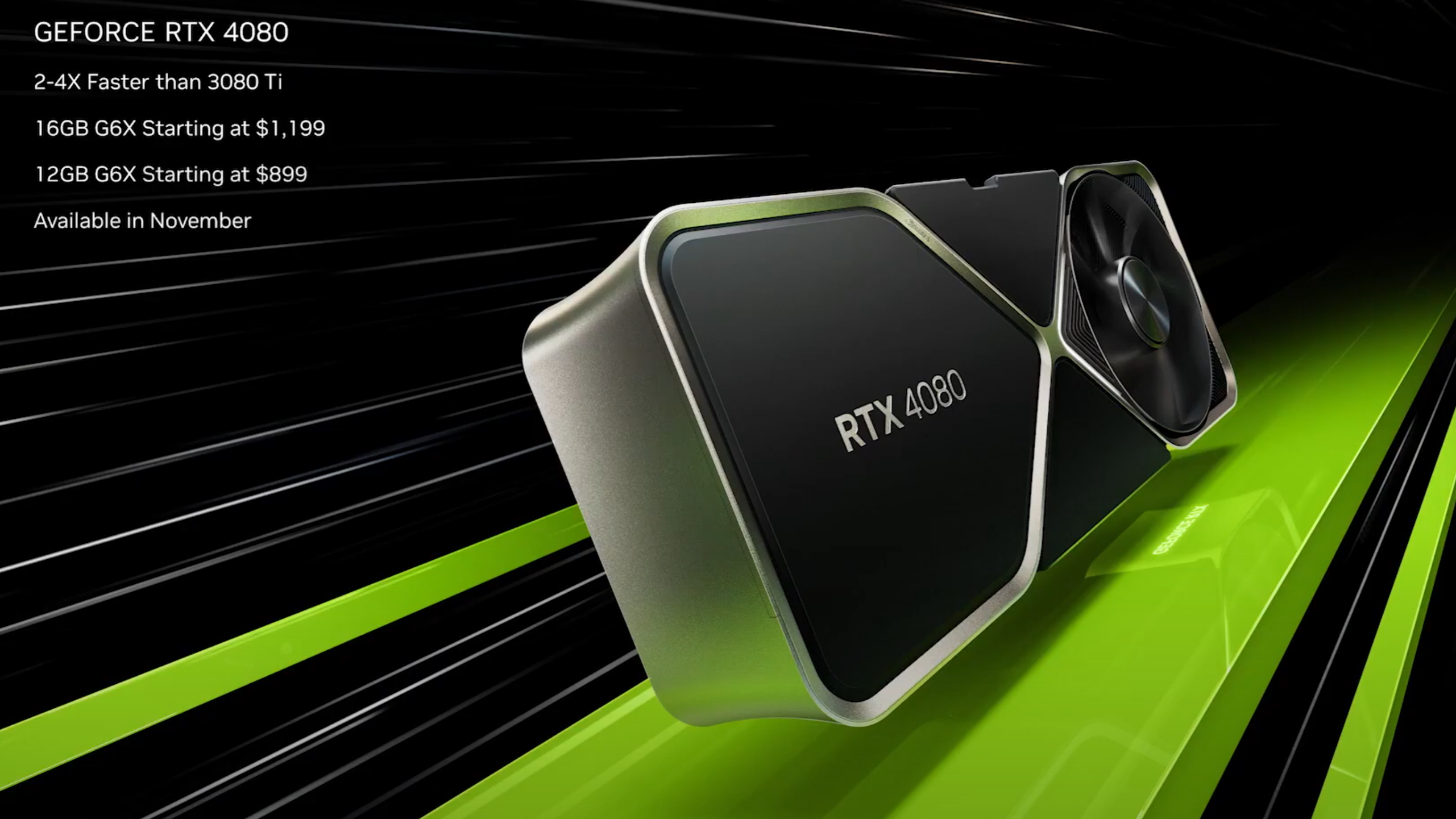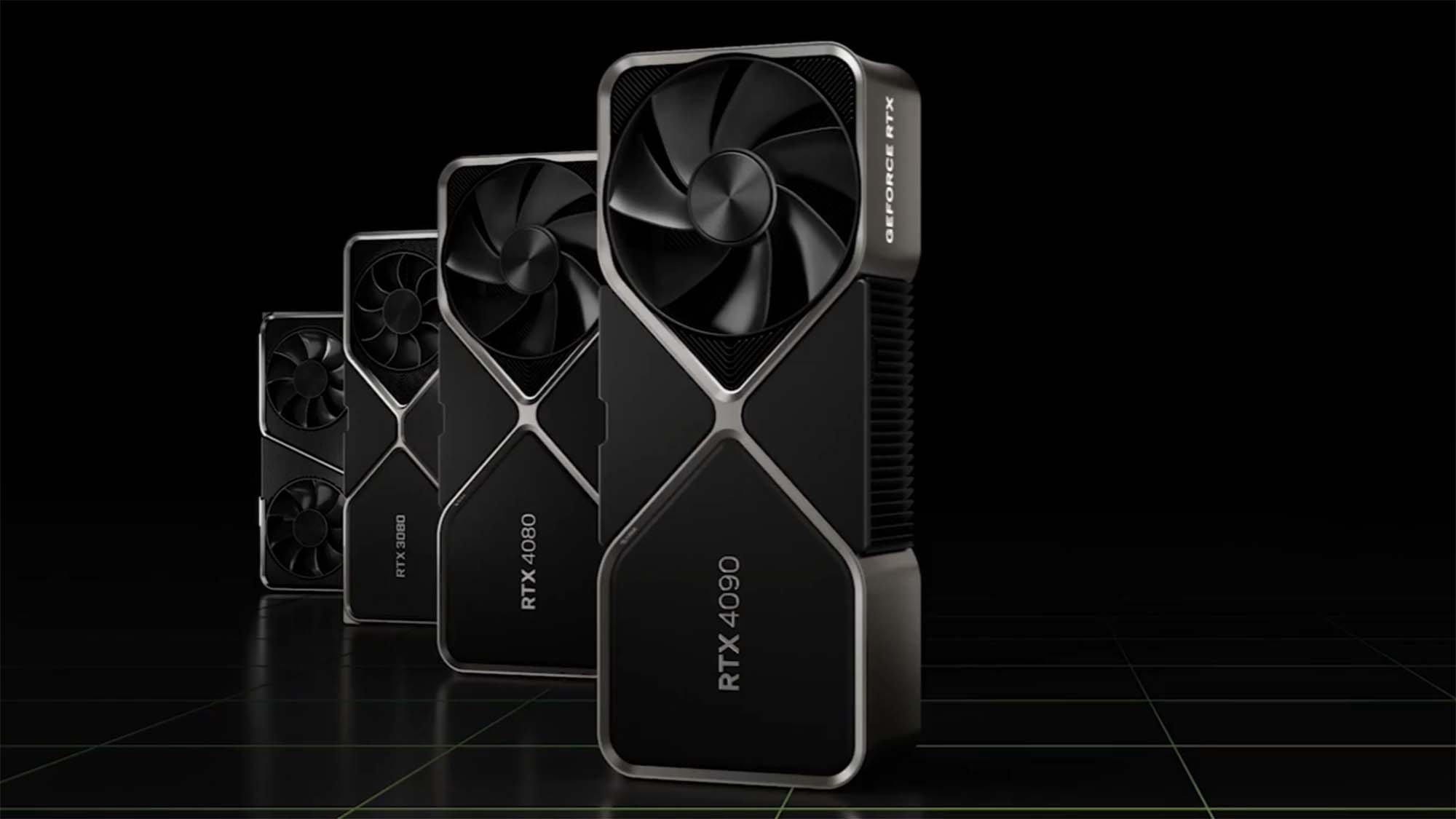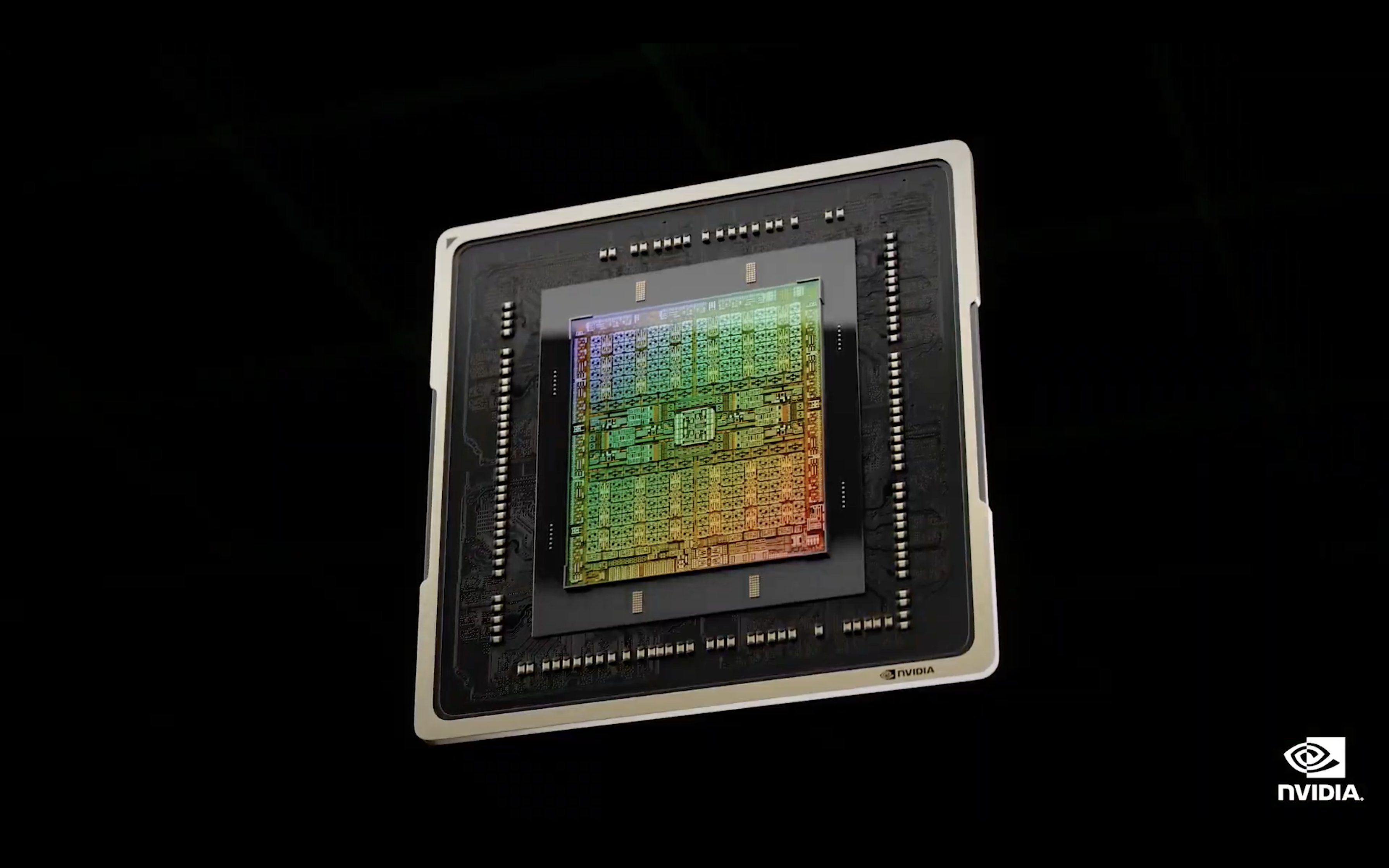Buyer beware: the 12GB RTX 4080 is hiding a dirty little secret

In the wake of Nvidia’s big ‘GeForce Beyond’ presentation at GTC 2022, I’m scratching my head a bit. I’ve said it before, but I was really hoping that we’d see a wallet-friendly midrange RTX 4070 to offset the predictably brutal pricing of the RTX 4090 and 4080.
Of course, we didn’t, and the pricing situation actually looks rather dire; we’ve got increases from the previous generation across the board, with the RTX 4080 being a particularly bad example.
The current-generation GeForce RTX 3080 carried an MSRP of $699. Now, nobody was able to buy it for that price at launch due to a literal army of scalpers, bots, and crypto miners, but it’s still disappointing to see that the RTX 4080 has a starting price of $899 for the 12GB version, and $1,199 for the 16GB model.

So where’s the RTX 4070?
Here’s the thing, though: I think we actually did see the RTX 4070 at the GeForce Beyond event. As anyone who has looked at the spec sheets will tell you, the 12GB model of the RTX 4080 isn’t just the same GPU with less VRAM - it’s a totally different chip.
The full-fat 16GB RTX 4080 uses the AD103 GPU chip, so one might expect the 12GB model to use a trimmed-down version of the same chip. This wouldn’t be a shock; many GPU variants have historically used the same internal chip (with fewer cores enabled) to save on overall production costs. Indeed, the AD102 GPU found in the RTX 4090 isn’t even the fully-tooled version of that chip, which might show up in a potential RTX 4090 Ti later on.
The 12GB RTX 4080, though, uses the AD104 chip. This GPU still uses the same manufacturing process and Ada Lovelace architecture as the AD102 and AD103, so it’s still a true next-gen chip that will have access to DLSS 3 and all the other goodies arriving with RTX 4000.
But the AD104 chip is a serious downgrade from the AD103 powering the 16GB RTX 4080. Taking a quick look at the specs, it’s not just the GDDR6X memory that takes a hit: we’ve got 2,048 fewer CUDA cores, less cache memory, and a smaller bus width too. While we won’t know exactly what the performance difference will be until we can actually test these cards, we’re probably looking at a gap in performance of about 20-25%, possibly more.
Sign up for breaking news, reviews, opinion, top tech deals, and more.
That’s a pretty huge gulf considering that both of these cards are receiving the RTX 4080 branding. It’s a move that is bound to confuse some consumers, especially those who aren’t as tech-savvy. If you asked your mom to buy you an RTX 4080 for Christmas, you could end up disappointed.

Rename, reuse, recycle
For comparison, the performance difference between the RTX 3080 and the excellent RTX 3070 was around 30%. Those also used different GPU chips: the Ampere-architecture GA102 and GA104, respectively. Could it be that the 12GB RTX 4080 (and the AD104 inside it) was originally going to be the RTX 4070?
If that is the case, this is a somewhat dodgy move by Nvidia, and I can’t say I approve. Giving two very different products the same name is one thing, but the naming convention actively suggests to a layman that the only difference is the amount of VRAM, when that simply isn’t the case.
What could’ve prompted Nvidia to do this? Well, that’s open to speculation right now. It may be that Team Green realized that the AD104 chips would be more expensive to produce than previously expected, and worried that gamers wouldn’t accept such a big price hike for the RTX 4070 (considering that the 3070 retailed at $499). Marketing a lower-spec 4080 for $200 more than the 3080 was likely already a tough sell, after all.

My opinion? Don’t risk it
I don’t want to pass judgment prematurely here; there’s every chance that the 12GB RTX 4080 will impress us with great gaming performance for its $899 price tag. It could even be one of the best graphics cards out there - if it is, then I promise to write another article two months from now where I prostrate myself in apology at Nvidia’s mercy. Hold me to it. You can even roast me on Twitter if you want.
But honestly? I’m a bit baffled by the branding choices made here. Both the AD103 and AD104 chips in the two RTX 4080 models aren’t actually running with 100% of their cores enabled, either, so there’s room for Nvidia to muddy the waters even further with more variants down the line.
If you’re considering pre-ordering either version of the RTX 4080, I’d encourage you to stay your hand for now. Yes, these cards will probably sell out seriously fast, but we’re not likely to see the same level of horrific GPU-gouging that happened after the RTX 3000 launch. It would be wiser to wait and see how the two different cards perform before committing to a purchase, especially considering the $300 price difference.
Of course, you might be thinking of using the RTX 4000 launch as a way to upgrade your aging GPU. If that’s the case, I humbly recommend the RTX 3070 - it’s still a great-value card with excellent 1080p and 1440p performance, and it’ll only drop in price once the 4000 series arrives. Alternatively, if you’re in a hurry, you can check out our favorite GPU deals right here.

Christian is TechRadar’s UK-based Computing Editor. He came to us from Maximum PC magazine, where he fell in love with computer hardware and building PCs. He was a regular fixture amongst our freelance review team before making the jump to TechRadar, and can usually be found drooling over the latest high-end graphics card or gaming laptop before looking at his bank account balance and crying.
Christian is a keen campaigner for LGBTQ+ rights and the owner of a charming rescue dog named Lucy, having adopted her after he beat cancer in 2021. She keeps him fit and healthy through a combination of face-licking and long walks, and only occasionally barks at him to demand treats when he’s trying to work from home.